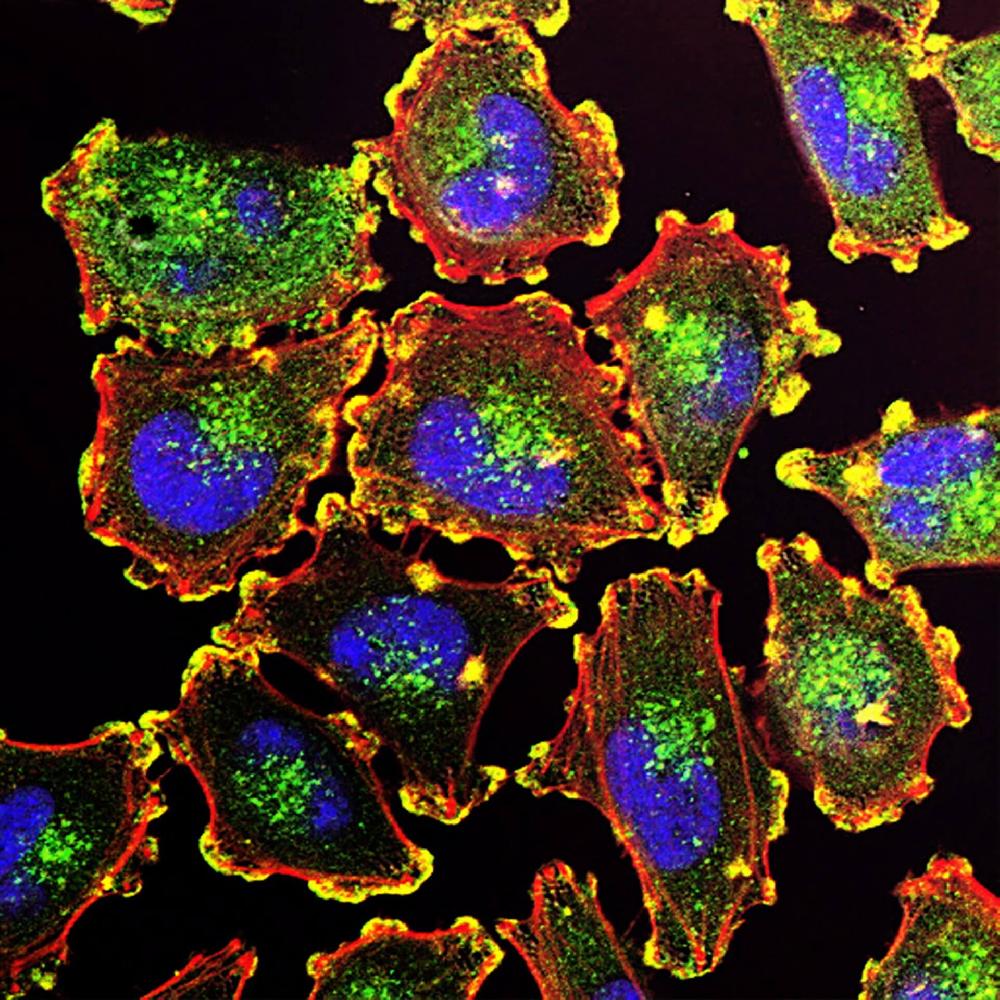This website uses cookies to ensure you get the best experience on our website.
- Table of Contents

Facts about Transmembrane protein 59.

Acts by interacting with ATG16L1, leading to promote a functional complex between LC3 and ATG16L1 and boosting LC3 lipidation and following activation of autophagy (PubMed:27273576, PubMed:23376921). Modulates the O-glycosylation and complex N-glycosylation steps occurring throughout the Golgi maturation of several proteins like APP, BACE1, SEAP or PRNP (PubMed:20427278).
| Human | |
|---|---|
| Gene Name: | TMEM59 |
| Uniprot: | Q9BXS4 |
| Entrez: | 9528 |

| Belongs to: |
|---|
| TMEM59 family |

C1orf8; chromosome 1 open reading frame 8; DCF1; FLJ42977; HSPC001; Liver membrane-bound protein; PRO195; TMEM59; transmembrane protein 59; UNQ169
Mass (kDA):
36.223 kDA

| Human | |
|---|---|
| Location: | 1p32.3 |
| Sequence: | 1; NC_000001.11 (54026681..54053573, complement) |
Late endosome membrane; Single-pass type I membrane protein. Lysosome membrane; Single-pass type I membrane protein. Cell membrane; Single-pass type I membrane protein. Golgi apparatus membrane; Single-pass type I membrane protein. Mainly localizes to late endosomes/lysosomes. Probably first exported to the cell surface and then actively endocytosed to transiently localize in early endosomes on its way to the late endosomal/lysosomal compartment where it becomes quickly degraded.





PMID: 20427278 by Ullrich S., et al. The novel membrane protein TMEM59 modulates complex glycosylation, cell surface expression, and secretion of the amyloid precursor protein.
PMID: 23376921 by Boada-Romero E., et al. TMEM59 defines a novel ATG16L1-binding motif that promotes local activation of LC3.